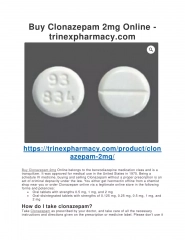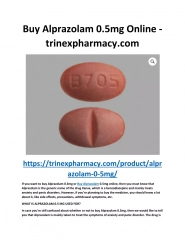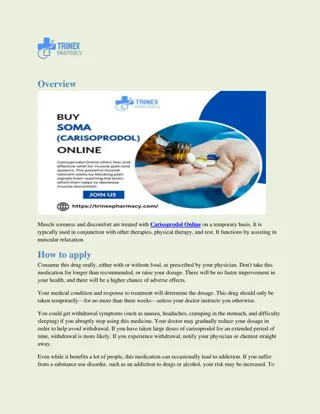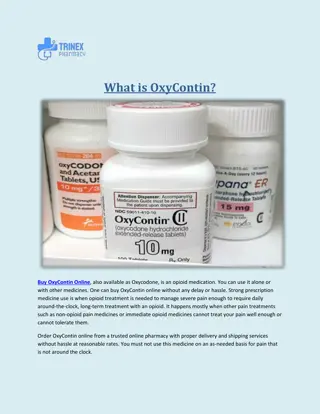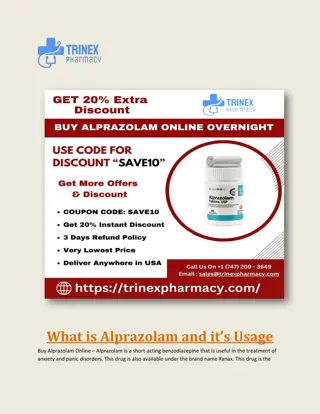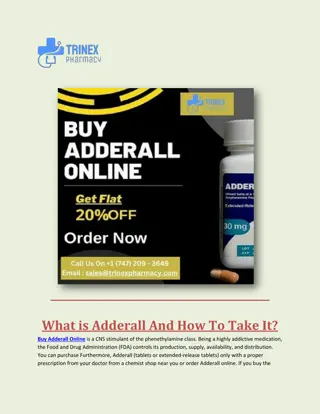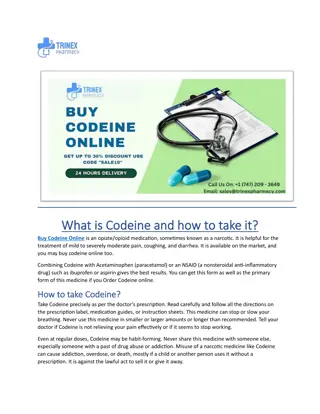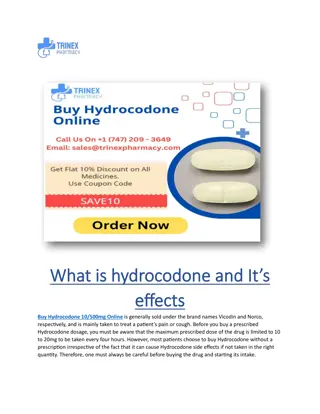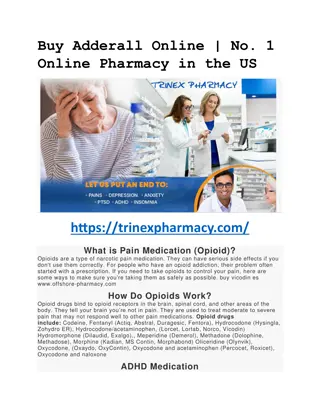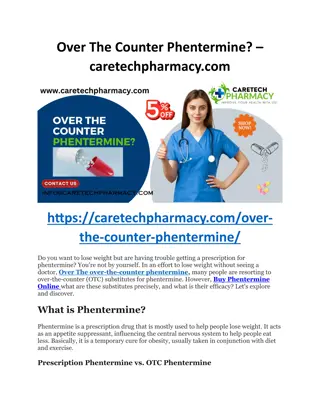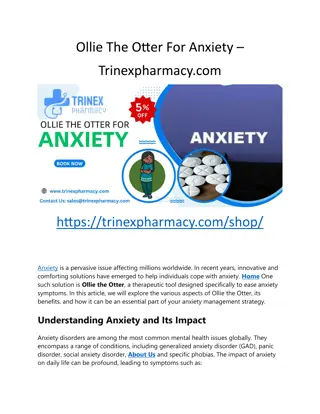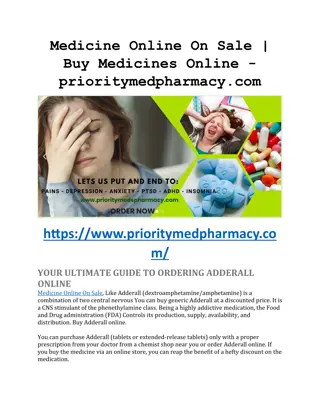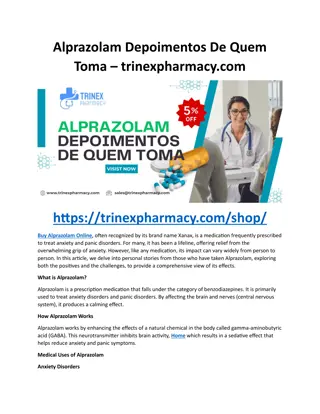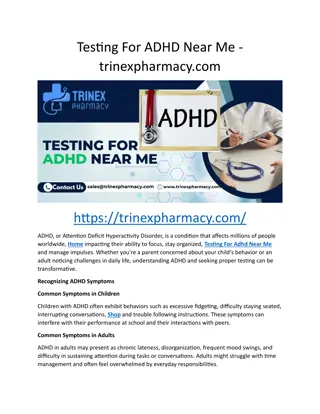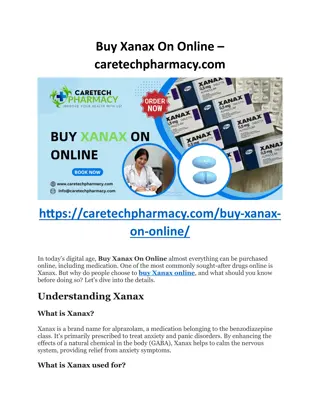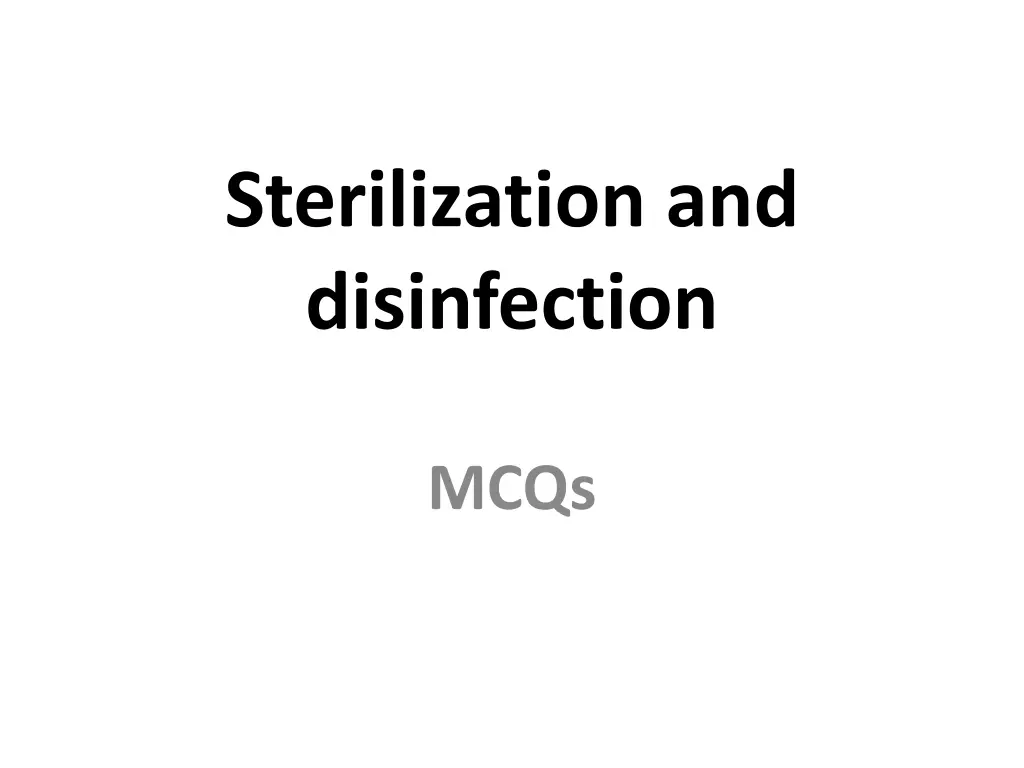
Sterilization and Disinfection MCQs
Test your knowledge on sterilization and disinfection with these multiple-choice questions covering various methods and best practices for maintaining cleanliness in healthcare settings. Learn about the most effective ways to sterilize instruments, surfaces, and medical equipment to ensure a safe environment for patients and healthcare workers.
Download Presentation

Please find below an Image/Link to download the presentation.
The content on the website is provided AS IS for your information and personal use only. It may not be sold, licensed, or shared on other websites without obtaining consent from the author. If you encounter any issues during the download, it is possible that the publisher has removed the file from their server.
You are allowed to download the files provided on this website for personal or commercial use, subject to the condition that they are used lawfully. All files are the property of their respective owners.
The content on the website is provided AS IS for your information and personal use only. It may not be sold, licensed, or shared on other websites without obtaining consent from the author.
E N D
Presentation Transcript
Sterilization and disinfection MCQs
1. OT sharp instruments are sterilized most efficiently by a. 10 % sodium hypochlorite b. Hot air oven 120 C for 5 min c. Autoclave for 121 C for 15 min d. Wiping with 80% ethyl alcohol Ans: c
2. Which of the following are sporicidal a. 70% alcohol b. 0.5 % sodium hypochlorite c. Iodophores d. Quarternary ammonium compounds Ans: b
3. Which of the following methods is most effective method of sterilizing mattresses and plastic petri plates? a. Chlorine b. Ethylene oxide c. Glutaraldehyde d. Autoclave Ans: b
4. Disinfection of outer surfaces of ventilators in ICU is done by a. 2% glutaraldehyde b. 60% alcohol c. 70% alcohol d. 1% sodium hypochlorite Ans: c
5. Which of the following best describes process of Disinfection? a. A process by which an article, surface or medium is freed of all microorganisms (pathogenic/ nonpathogenic) either in their vegetative or spore state b. destruction/ removal of all disease causing organisms except spores c. process by which an area or article is rendered free of contamination (microbial, chemical or radioactive) to a level at which items are considered as safe without protective attire d. The elimination of all forms of bacterial spores Ans: b
6. Cleaning of endoscopes after each use is best done by a. 2% glutaraldehyde b. 70% alcohol c. ETO d. 1% sodium hypochlorite Ans: a
7. Which is the best method to disinfect bed rails, light switch in the patient ward a. Quaternary ammonium compounds b. 2% glutaraldehyde c. iodophores d. Formaldehyde Ans: a
8. Name the sterilization method used in hospital & clinical labs for heat labile liquid substances or antibiotics. a. Dry heat b. Radiation c. Filtration d. Formaldehyde Ans: c
9. Name the spore forming pathogen which shows resistance to heat (100C) a. E. coli b. Candida albicans c. Vibrio cholerae d. Clostridium perfringes Ans: d
10. Which of the following disinfectants acts by disrupting microbial membranes a. Sterilizing gases b. Aldehydes c. Halogens d. Cationic detergents Ans. d
Agents used in the hospital for achieving sterilization, disinfection and cleaning Agents Agents Physical methods Physical methods Chemical methods Chemical methods Sterilant Sterilant Agents of sterilization Steam sterilizer (autoclave) Dry heat sterilizer (hot air oven) Filtration Radiation: Ionizing and non- ionizing (infrared) Others: Incineration, microwave Ethylene oxide sterilizer Plasma sterilizer
Agents Agents Disinfectants Disinfectants Physical methods Physical methods Chemical methods Chemical methods High-level disinfectants No physical methods in this category Aldehydes- glutaraldehyde, orthophthaldehyde, formaldehyde Peraceticacid Hydrogen peroxide Alcohols ethyl alcohol and isopropyl alcohol Phenolics phenol, cresol, lysol Halogens iodine and chlorine Quaternary ammonium compound (QAC) Chlorhexidine Intermediate level disinfectants Heat-based methods: Pasteurization, boiling and steaming Ultraviolet (non-ionizing) radiation No physical methods in this category Low-level disinfectants
Agents Agents Cleaning Cleaning Agents of cleaning Physical methods Physical methods Chemical methods Chemical methods Automated washers such as ultrasonic washers, washer- disinfector and automated cart washers Enzymatic solution Detergent Soap (antimicrobial or plain soap)

